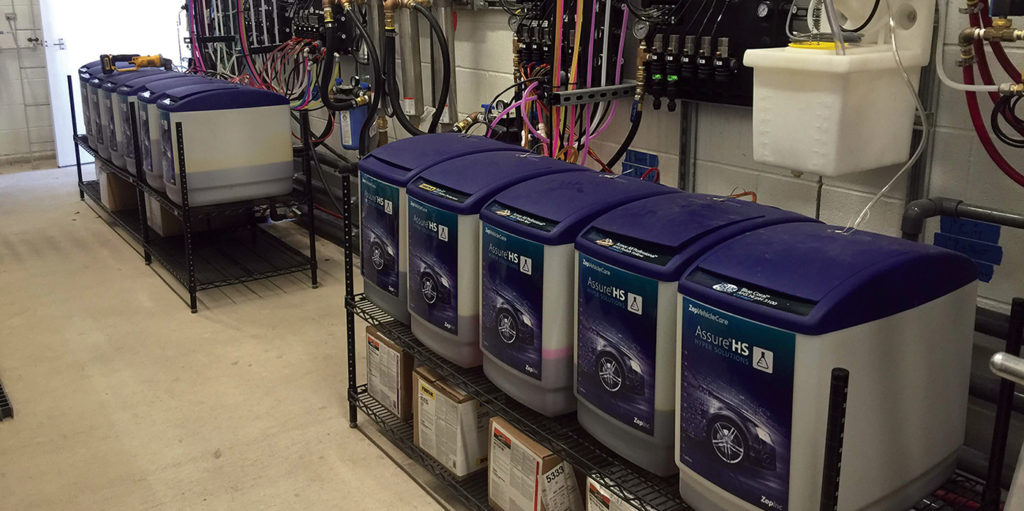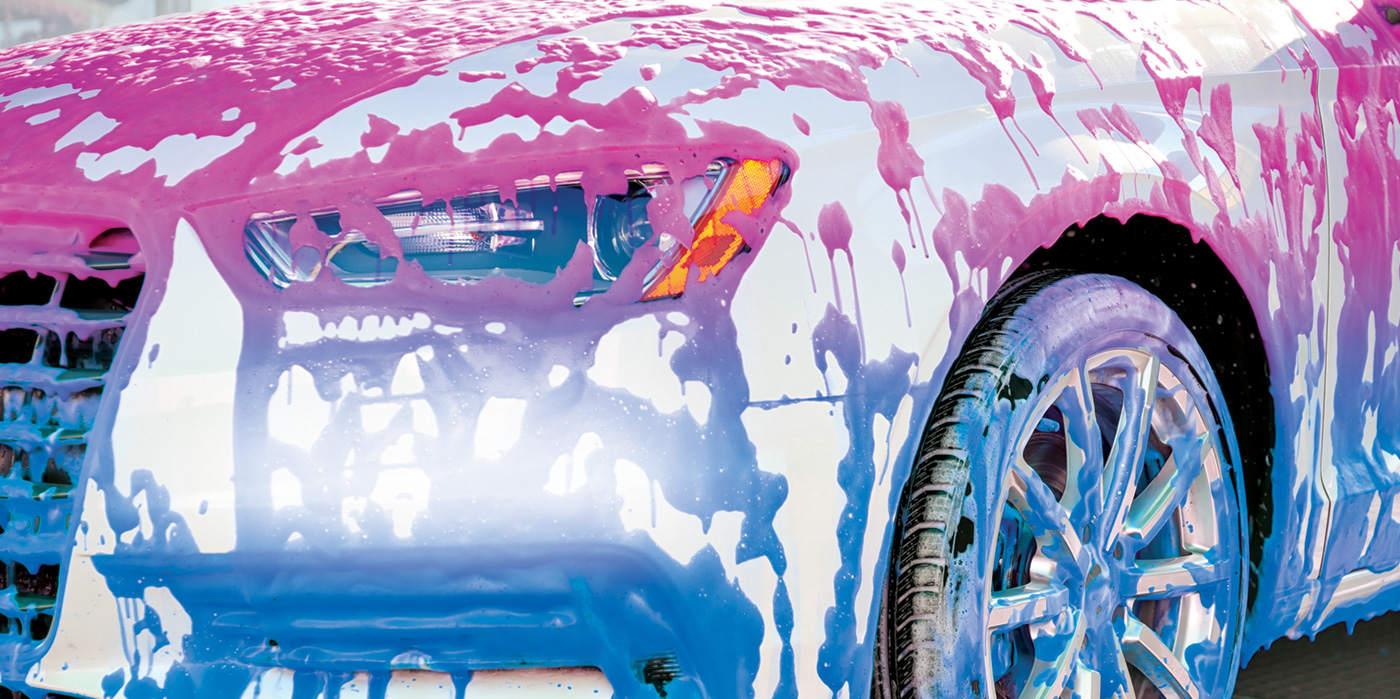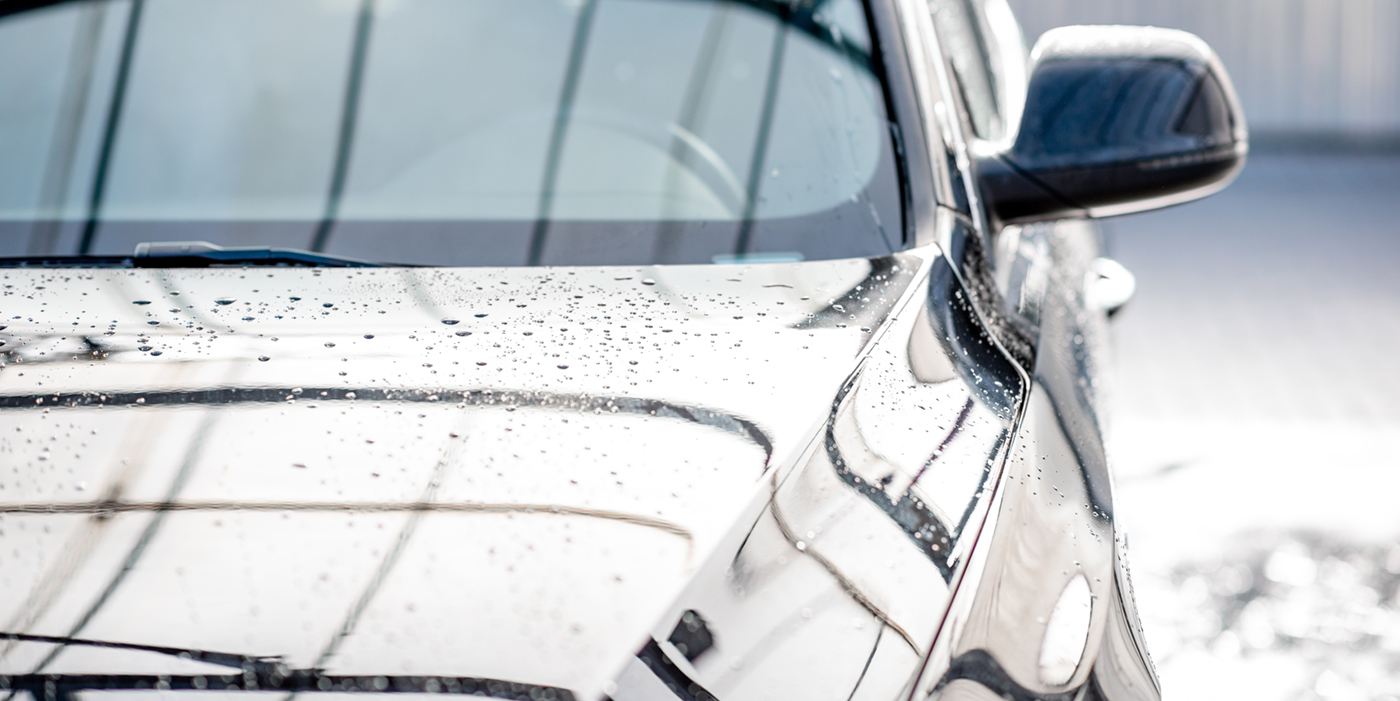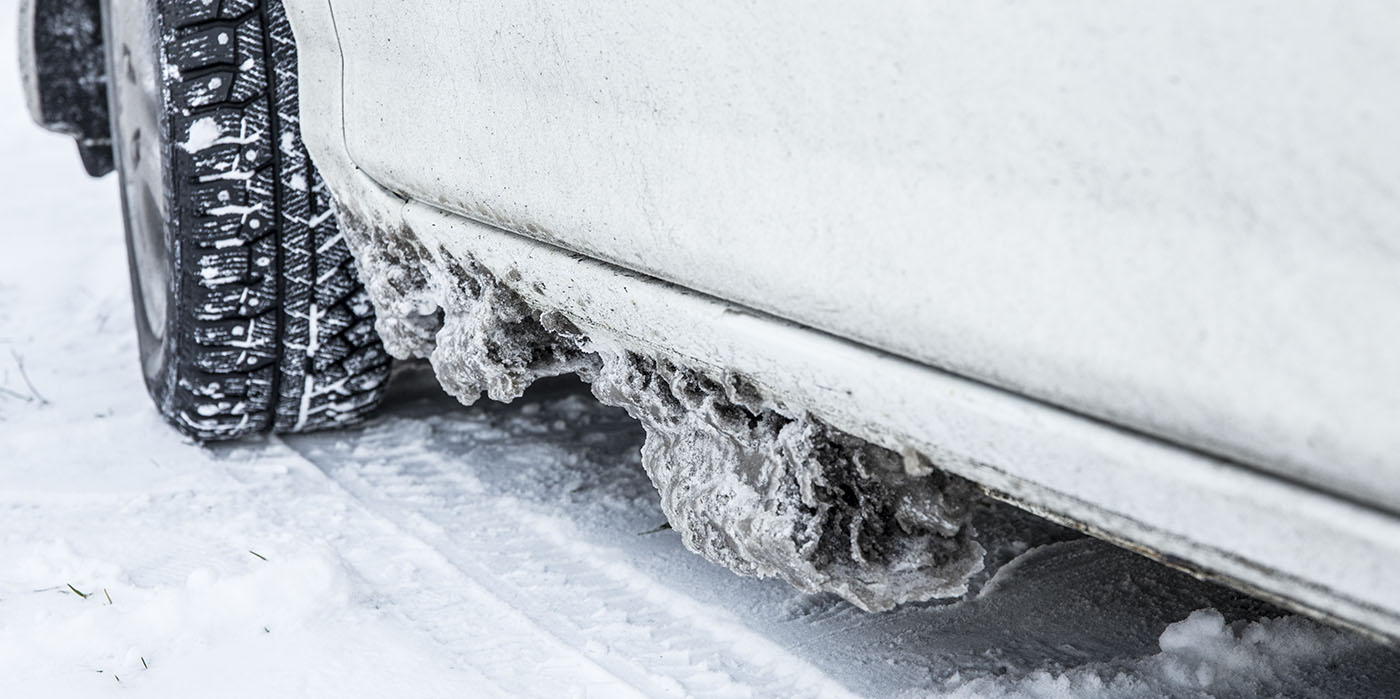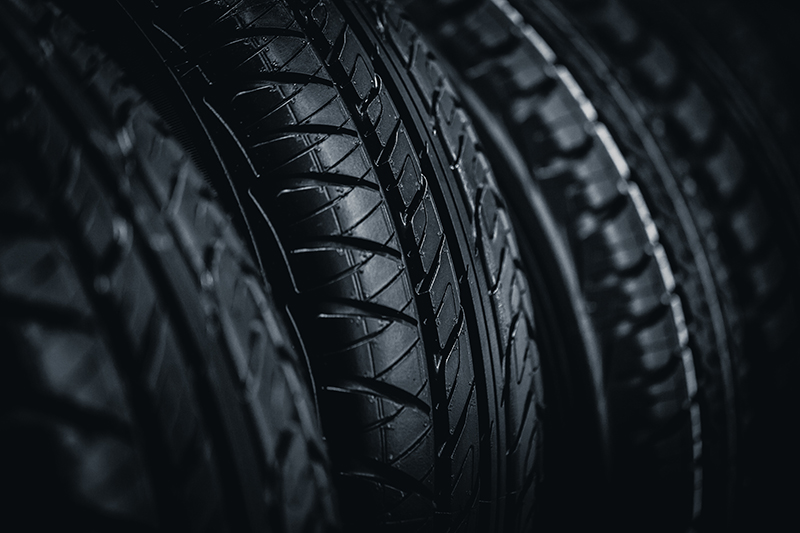When starting a new carwashing business, it is easy for the inexperienced owner or operator to get stretched too thin. Building a customer base, selecting a design and theme, picking the right equipment, getting to know and partnering with other local businesses — and the list goes on. However, a smart wash investor will know to never keep his or her eyes off of what matters most: the customers, their experiences and their wash results. Properly storing chemicals and delivering them to application points is paramount to achieving consistent, high-quality carwash results.
No time to read this article? Listen to it instead!
In addition to solidifying consistent wash results, wasteful chemical practices can also come with a hefty price tag. According to our 2019 Professional Carwashing Industry Report, chemicals actually account for an operator’s third highest total operating cost factor.
What advice do market leaders have for new operators when procuring, storing and delivering chemistry to your bay or tunnel? Let’s find out.
Chemistry’s happy place
Traditional chemical drums and containers for high concentrates are hidden from the customers and, therefore, you don’t need to worry about the appearance or environmental conditions of the storage room, right? If this is your approach to chemical storage and delivery, you’re not alone, but you’re not right either, according to the experts. As explained by Jessica Drangeid, research chemist for Zep Vehicle Care, “a clean space equals a clean mind” when it comes to chemical storage areas. “Once a back room is clean and organized, it’s a much safer place to work,” she says.
A visually clean area without clutter, gunk and tripping hazards is vital not only to safety but also to morale and the overall performance of the business. A clean and organized workspace can also help operators save both time and money. Having important information at the ready, such as Safety Data Sheets (SDSs), should be part of your chemical storage setup plan.
“Keep all products correctly labeled and SDSs on hand for easy access when needed. Once the chemistry is well-organized, it’s easier and faster to find the right product to put online. A clean backroom can also help an operator quickly work through maintenance checks, saving extra time,” adds Drangeid.
In addition to cleanliness and order, operators should also be aware of and adjust for environmental conditions. Extreme temperatures and even exposure to air can be detriments to chemistry and its performance. As a result, new operators must learn ideal chemical storage conditions and environmental controls.
Special consideration should also be given to powdered chemical products. Carwashes are wet environments where water and other chemicals are aerosolized, and, while carwash equipment is operating and natural ventilated airflow occurs, this moisture circulates around the building and property, possibly exposing chemical storage rooms that aren’t properly sealed.
“For operators who are buying concentrated powders, they must store these products in a dry area. Also, you’ll want to make sure that the container is properly sealed to keep any moisture out. If moisture enters, it causes the powder to block up and be brickish, and it is more difficult to pour into a container or solution and eventually into use,” explains Rob Johnson, chemist for National Automotive Chemical.
In addition to cleaning and sealing containers, the experts also recommend keeping an eye on the temperature of a carwash’s chemical storage room. Especially during the coming winter months, water-based products need to be stored in areas that are not going to be exposed to freezing temperatures.
“Cold and drafty areas can cause problems,” continues Johnson. “These conditions can cause a liquid product to freeze in a partial state or cool down so its viscosity changes. This has an effect on its consumption and, ultimately, performance in the wash.”
A consistent, mild temperature around 50 degrees Fahrenheit is recommended for consistency and savings’ sake.
Control measures with employees
Chemicals are not “set it and forget it” over the long haul. Sure, with proper setup and the right control measures in place, chemical storage and delivery through well-designed lines and systems can be “out of sight, out of mind.” But, daily and frequent checks are still needed, and employee training will be key to keeping your chemical storage and turnover running smoothly.
“Carwashes are a great place to use the ‘first in first out’ system with chemicals. We recommend staying clear of other contaminants, other chemicals and hard water. This helps prolong the stability of the products and their effectiveness when used. When using concentrated fill tanks, we recommend using all/most of the current chemical before adding more to help with the ‘first in first out’ usage. We achieve the best results with the concentrated fill tank’s product quality when they are regularly drained completely and washed out thoroughly,” advises Drangeid, who also recommends checking and preforming maintenance regularly to keep products dispensing correctly.
Regular checks and maintenance include ensuring that tips aren’t clogged, foot valves aren’t cracked and tubing isn’t cracking or building scale as well as cleaning out foam generators, notes Drangeid.
In addition, inexperienced operators and employees — for various reasons — will often make poor choices when it comes to mixing chemicals as well. This can lead to poor, inconsistent wash results, injury and other outcomes that new as well as experienced operators will want to avoid.
“New operators have a tendency to blend soaps together, and this is something you want to be extremely careful about,” warns Johnson. “One of the mistakes we often hear about isn’t necessarily about the storage of chemicals — as long as the correct environmental measures and controls are in place — but instead it is about cross contamination.”
While new operators have plenty to learn and experience in operating a carwash, understanding chemistry should be at the top of the list. Our industry employs both low-pH and high-pH products, commonly known as a step-two-type process.
“Low-pH and high-pH products don’t necessarily like each other, and when they’re combined, bad things can happen,” says Johnson. This combination can result in toxic fumes, heat and abnormal precipitation.
Delivering low-pH and high-pH chemistry to your wash and bay should also be given special attention and consideration. Ensuring peak final chemical product performance requires a holistic approach to delivery, including understanding water quality.
“One of the most important applications in a carwash is the high-pH presoak. To optimize this application, we recommend choosing a chemical that is compatible with the hardness of the water source or consider softening the water. This will be easy on the equipment, resulting in longer periods between maintenance checks,” Drangeid asserts, adding that this will additionally result in the operator using the full power of the alkaline presoak.
Ultra-concentrate benefits
Highly concentrated chemicals, also known as ultra-concentrates, can help reduce shipping costs, storage needs and, quite frankly, back and leg pain during transportation, compared to a heavier 55-gallon drum. Advances in research and science mean operators today can enjoy benefits not possible even a few years ago.
“Chemistry today has improved among the various detergents and surfactants in the market. These products’ water solubility is much better; so, yes, we highly recommend ultra-concentrated products, because they do come with a lot of significant benefits. And, customers should also see better consistency when using these ultra-concentrated products than compared to self-blended-type detergents,” educates Johnson.
Still, even when using these advanced products, employee understanding and training is needed. When mixing highly concentrated powdered chemicals, for instance, inexperienced users will often lose track of measurements and create inconsistencies in the chemical solution. New operators and their employees can minimize this user error by becoming familiar with the different types of chemicals on the market and the hazards associated with each. Signage, quick access to SDSs and following manufacturers’ recommendations and directions can also help minimize risk.
For liquid chemicals, a reliable chemical proportioner takes user error and guesswork out of the mixing and delivery equation. “If you are using highly concentrated chemicals, you should also be using an accurate dispensing system with those products, so you aren’t overusing product,” confirms Drangeid, adding that using concentrated chemicals also increases the sustainability of a wash since they help reduce transportation carbon footprint and can also be packaged in collapsible, recyclable packaging.
Just as “bad things” can happen when conflicting chemicals react to being exposed to each other, good things can come in the form of positive chemical synergies when the appropriate types of chemicals are combined. Cleanliness, organization and knowledge are three pillars to firmly plant in your new carwash’s chemical storage and delivery strategy. After all, you’re now in the business of clean, even where customers aren’t looking.

